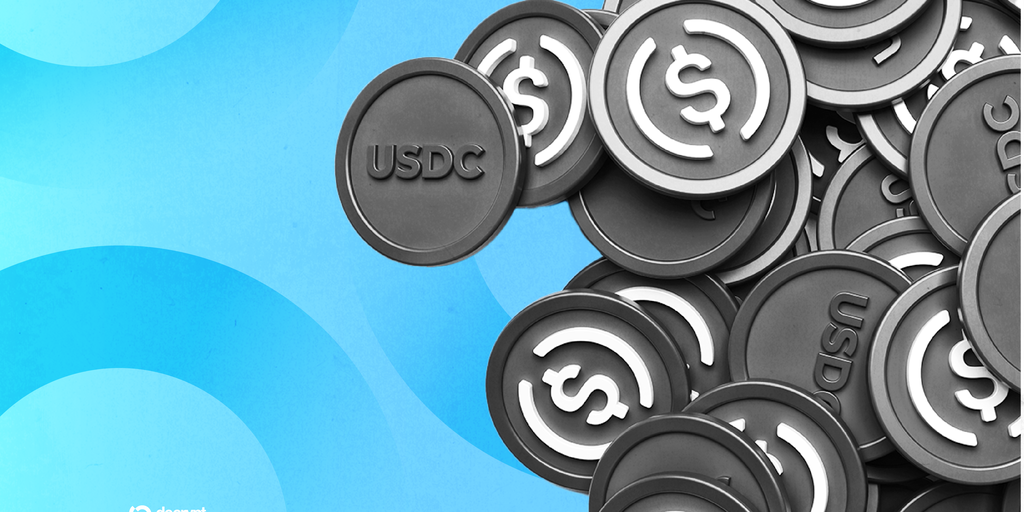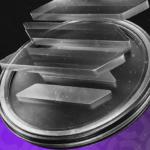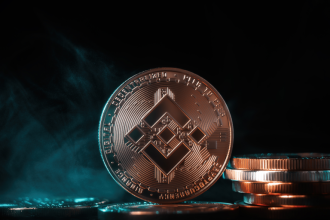In Brief: Circle’s Public Listing and USDC Stability
Circle’s highly anticipated IPO highlights the success of its USDC stablecoin but leaves unanswered questions about crucial bankruptcy protections.
S&P Confirms IPO’s Neutrality
Despite Circle’s successful initial public offering (IPO) and subsequent soaring stock price, S&P Global analysts have confirmed that the company’s decision to go public has no bearing on the stability assessment of its flagship stablecoin, USDC.
S&P analyst Lisa Schroeer stated, “The IPO is completely neutral to the stablecoin stability assessment. Going public is not really changing any of the key metrics or issues that we follow for the SSA.”
The specific details of Circle, the publicly traded company, and USDC, the stablecoin governed by smart contracts, remain distinct. While Circle’s IPO may draw attention, the fundamental stability of the stablecoin depends on its reserve assets’ characteristics, according to S&P.
Reserve Assets & Bankruptcy Uncertainty
The stablecoin stability assessment from S&P Global Ratings explicitly notes ongoing uncertainty regarding the segregation and bankruptcy remoteness of USDC’s reserve assets.
“The stablecoin stability assessment could improve if there is increased certainty regarding the segregation and bankruptcy remoteness of the reserve assets,” the analysis observed.
Bankruptcy remoteness refers to the legal protection of reserve assets, ensuring they cannot be used to satisfy corporate debts if the parent company goes bankrupt. While Circle acknowledges holding reserves in “bankruptcy remote accounts,” final legal validation of this protection still awaits a spate of case law or specific regulatory action.
Circle openly highlights this uncertainty in regulatory filings, noting the S&P analysts’ cautious approach separates the legally complex issue of firm survival in insolvency from the currently successful stablecoin framework.
Legislative Path Forward with GENIUS Act
The path to definitively securing stablecoin holder protections is being eyed by S&P analysts and potentially supported by Circle. Focus is turning increasingly towards the formally proposed GENIUS Act.
“That’s exactly where legislation would help — making absolutely clear that if the company fails, the money backing the stablecoin is still safe and redeemable,” S&P analyst Lisa Schroeer commented.
The GENIUS Act, if passed, would create federal oversight for payment stablecoins. Crucially, it intends to amend the U.S. Bankruptcy Code to prioritize stablecoin holders, giving them first access to reserve assets in the event of a bankruptcy and potentially clarifying the required legal separation between issuer and reserves.
A Circle representative suggested the proposed changes in the legislation align with current practices, stating, “These provisions are a critical step toward enshrining in law what we already practice, that stablecoin holders should be first in line.”












